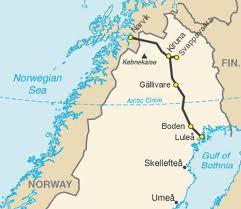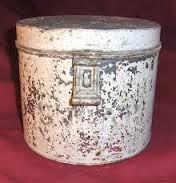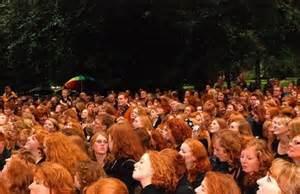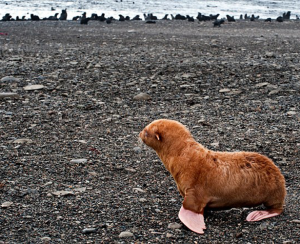Ginger history is shrouded in mystery.
In the academic world argument has raged over the “Ginger Origin” question for 150 years.
There is the Derby School who cling with limpet like passion to the idea that Gingers originated in the Derbyshire Peaks, based upon the digs of the archeologist Maurice Picker in the late 19 Century.
Picker uncovered a large Stone Age encampment on the outskirts of Matlock and observed “…the overriding sense of gingeriness within the place. I for one become covered head to toe in freckles!”
Although he was barking, Picker’s theory became established orthodoxy amongst gingerologists. His theories were only challenged in 1934 when in the Guadalajara peninsula ancient Inca papers, now known as the Popomatic Texts, were unearthed.
Translated by Herbert Sctonlicker in 1935, these papers suggest that the origin of “Ein redheadshers” actually lay in the isthmus of Central America, just north of the Panama Canal. They suggested to Sctonlicker that, “ein incidencen de ein gingermenschen eist ova da strasse from der bierkeller os Bob.”
Whilst it may seem strange that a pub run a man named Bob in Panama could in anyway have something to do with the origins of Gingers there does seem to be some veracity in Sctonlicker views.
This is because the “Bob” mentioned in the translation is non other than Robert Hamstrangler, Norway’s greatest anthropologist.
Hamstrangler had two passions in his life. Cross Country skiing and blowing up hot water bottles to prove his lung function.

In his native town of Narvik, hot water bottle blowing (or Huffty Puffty in Norwegian) remains popular to this day and a male suitor displays his worthiness to a potential mate by bursting a hot water bottle and reciting a passage from Ibsen’s Enemy of the People.
In October 1907 Hamstrangler was skiing on the outskirts of Narvik with his fiancé Marta, a heavy limbed girl from proud fishing stock and was attempting to burst his mother’s quilted bottle on the move (known as Ruffty Huffty Puffty) a dangerous manouvre at the best of times.
As he struggled with his task, Hamstrangler noticed among the rocky outcrops a small cave. He approached the opening, laid down his hot water bottle and peered inside.
The gap was no larger than 8 inches, yet inside the chamber Hamstrangler could see an aged canister. The barren landscape provided neither twig or branch to prize the canister toward him.
They say fortune is a bedfellow of grace. Despite his inability to grasp the canister, his years of hot water bottle bursting gave him the ability to suck the canister from the cave and land it with puckered force on his lips.

Inside the canister were shredded and blood splattered papers. They were in a language that neither Hamstrangler or Marta (now certain to marry the golden lunged Titan) could decipher.
The local minister Per Tart could not help, so Hamstrangler took the canister to nearby Bergen University.
Professor Tor Legolam, the University’s professor of Nonsense, recognized the texts as a cross between ancient Norse and the language of the Inca’s.
Legolam a keen friend of the Starling and campaigner against Huffty Puffty, was so shocked by what he discovered, he ordered the canister sealed and placed in Bergen University’s “Vaults of Nonsense” (or Valhalla Bollox in Norwegian).

These papers became known as the Ginger Scrolls.
Gingerfightback has been granted access to the Scrolls so that our readers (yes all 3 of you) can become aware of the true history of Gingers.
Over the next 12 years we will reveal them……….in full………

